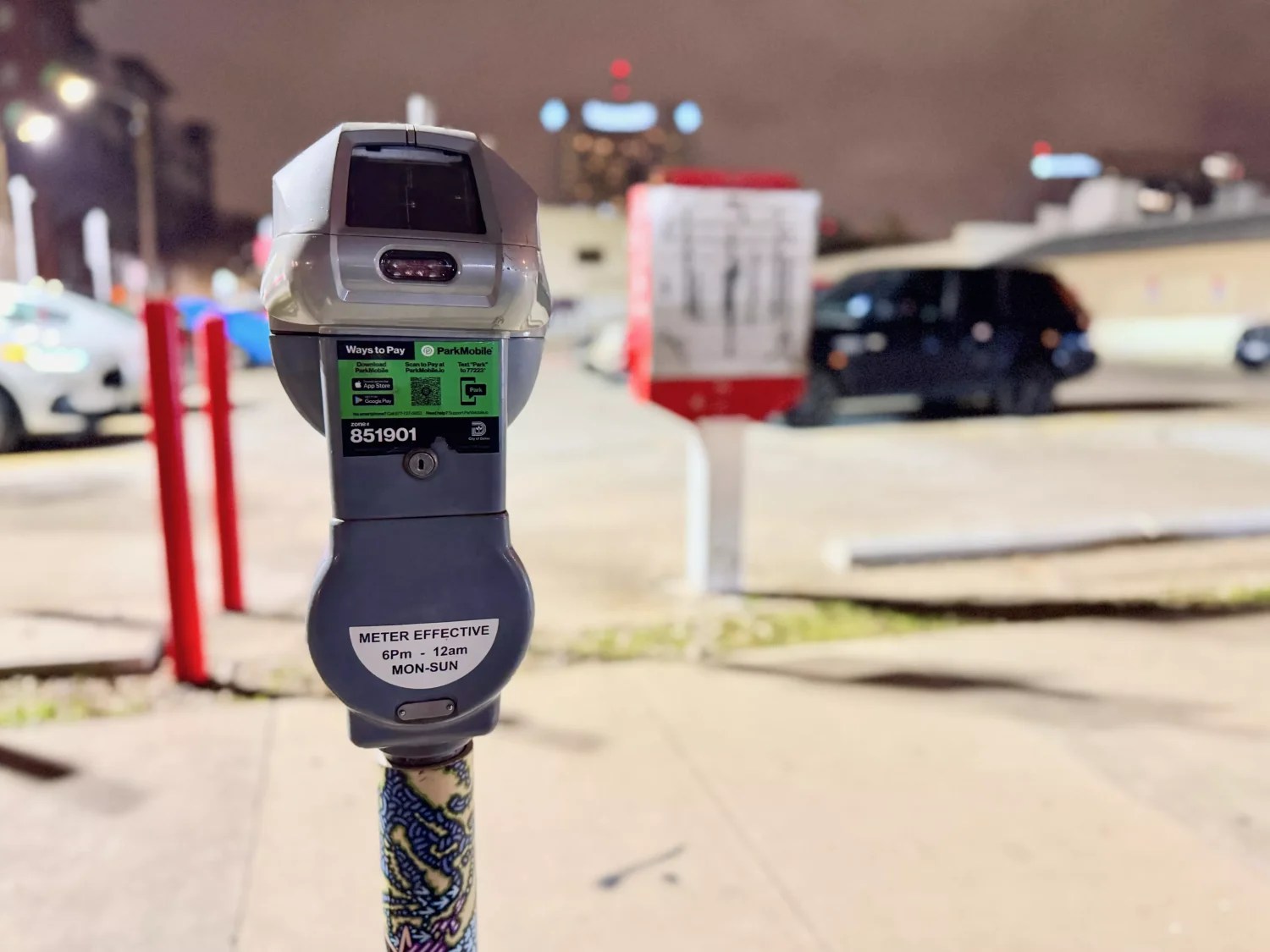
Lauren Drewes Daniels

Audio By Carbonatix
A little bit forward, a little bit back, pivot to the right, back to the left and forward again, repeat until you decide the parking spot is too small, and take another loop around the block looking for the next available spot that doesn’t require a college degree in Tetris. This is the living nightmare of the city dweller.
Parallel parking is a skill that comes naturally to few, and stands in the way of many Texas teenagers securing a driver’s license on their first try. Some can get through life without regularly having to nervously line up their car, God forbid anybody be watching, and worm a rigid two-ton box of steel within 11 inches of a curb. We in Dallas do not have that privilege.
Although parallel parking is essentially a mandatory task that every Dallasite is likely to encounter at least once a quarter, a study suggests we’re not too hot on it. A new report from Compare the Market AU ranked Dallas eighth in its list of the least confident parallel parkers. The study analyzed Google Analytics and social media sentiments to compare the parking anxiety levels across the country’s 48 cities.
We like to think parallel parking is a bit chic, a little European, if you will. Squeezing into the narrow gap left by two inconveniently distanced oversized souped-up pick-up trucks capable of hauling a small yacht on a packed street makes us feel like we’re about to throw coins into the Trevi Fountain and not tuck all valuables into the trunk for fear of ending the night with shattered windows in Deep Ellum.
This year, make your gift count –
Invest in local news that matters.
Our work is funded by readers like you who make voluntary gifts because they value our work and want to see it continue. Make a contribution today to help us reach our $30,000 goal!
Unfortunately, in this city, like it or not, sometimes parallel parking is the best, and often the only, option. And the harsh reality is that the existing parking shortage is likely to get shorter, so pull out some cones and get to practicing in the local high school parking lot.
In May, the city wiped some of its minimum parking mandates, which had been in place since the ‘60s. The changes included eliminating parking minimums for most office and retail developments, new developments within half a mile of public transport stations and small bars and restaurants. Parking minimums for residential developments were also reduced based on the number of dwelling units.
The change, years in the making, is not popular among homeowners in business hubs, such as Bishop Arts and Lower Greenville, who worry that parking will spill onto their streets.
“People will want parking. And if they don’t have it, they park in surrounding neighborhoods, and residential areas will wind up having to bear that burden,” Mike Northrup, a Lower Greenville resident, said to Fox 4.
In summation, you can try to avoid parallel parking, or you can even pay extortionate prices for one of the many pay-to-play lots sprinkled through the city. Or you can put one hand on the wheel and the other hand on the back of the passenger’s seat headrest for leverage and your faith in the powers that be as you crane your neck eyeing down the perfect angle to get in the small spot along the curb. Jesus, take the wheel, and turn it to the left as far as it will go.